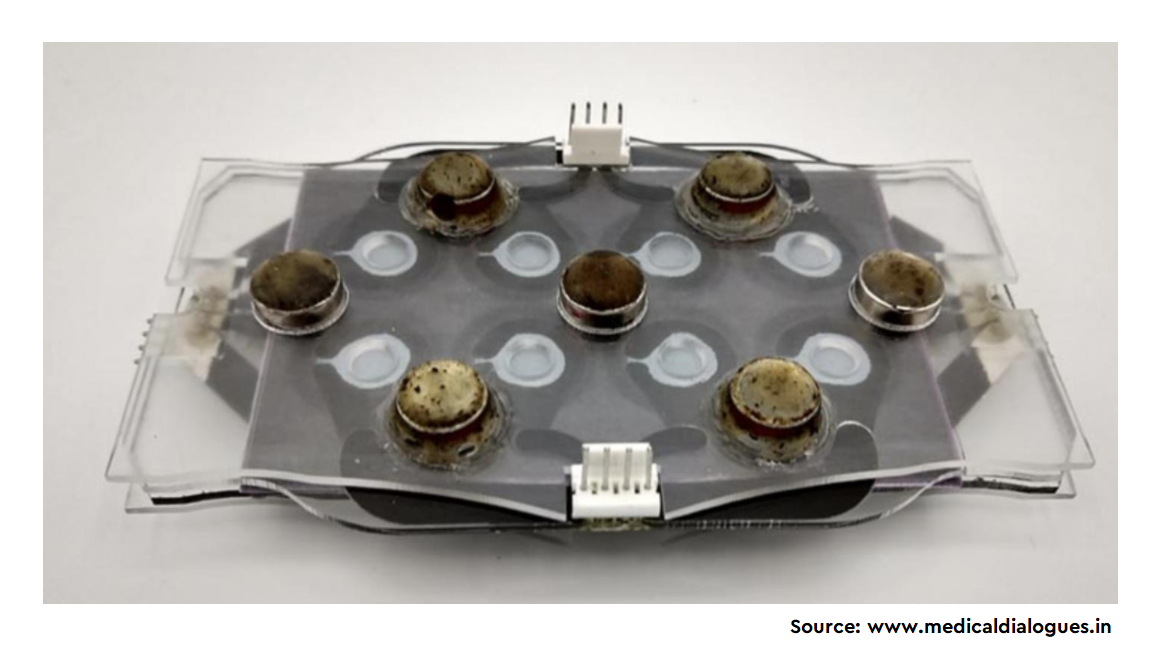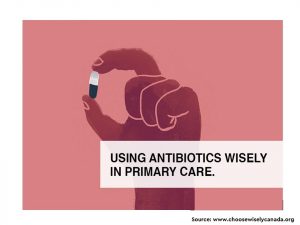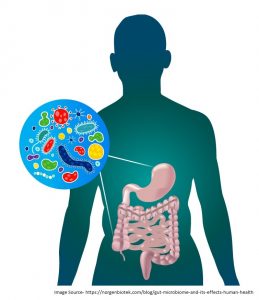Bacterial infections are one of the major threats to the healthcare sector. Moreover, recent incidences of secondary bacterial infections in COVID-19 patients further aggravate the problem. Though infections can be treated with antibiotics, injudicious use of antibiotics may
increase the spread and emergence of ABR. In such a scenario, the rapid diagnosis of bacterial infection is essential for appropriate and immediate antibiotic treatment.
Seokheun Choi and his colleagues at the Department of Electrical & Computer Engineering, State University of New York, Binghamton, USA developed a rapid and inexpensive method to detect antibiotic resistance in bacteria. The method is based on the fact that metabolically active bacterial cells transfer electrons outside the cell and the rate of transfer is inversely proportional to the antibiotic activity. The conventional methods take 1-2 days to determine the antibiotic resistance pattern. However, the newly developed method can determine the effect of the antibiotic on the growth and metabolic activities of the pathogenic bacteria
(Pseudomonas aeruginosa) within 5 hours. Rapid and appropriate detection of the resistance pattern will help to limit the continuously
increasing rate of ABR. This work has been published in the journal Biosensors and Bioelectronics.
To read more click the LINK







